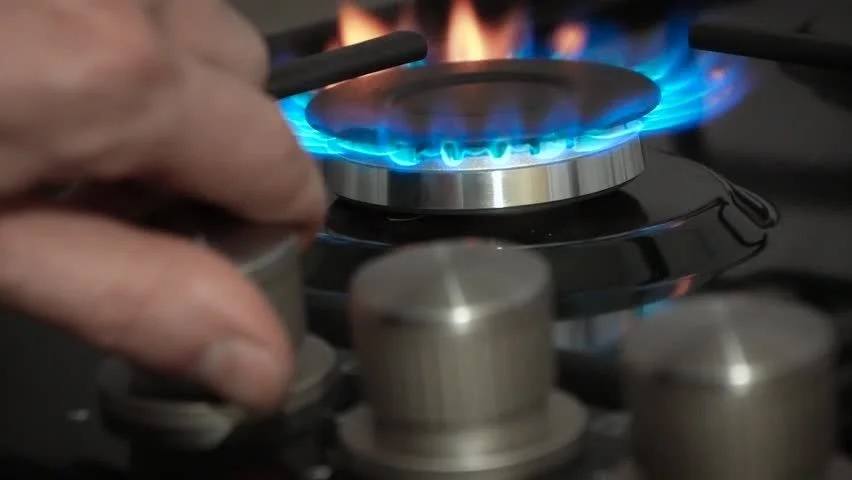Its basic Econ 101, the lower the costs, the higher the profits. This goal is what every profit-oriented business venture strives towards. It allows for growth, improvement, and the ticket to the Bahamas – the vacation you have had on your bucket list for a while.
But what are the aspects to keep in mind and follow in order to ensure low-cost restaurant financing? Is it cutting back on staff? Or is it cutting corners and switching to low-grade quality coffee as compared to the premium one? Well, it’s none of these if you’re wondering. Many new restaurant businesses as well as old ones struggle with reducing restaurant costs during periods of economic boom or bust.
Here are 5 tips to follow to reach that goal of low-cost restaurant financing without compromising on quality.
Tracking Daily Food Prep and Inventory Need
Track your reorder levels and inventory items that can be reduced. Though it is always an understood rule to have the shelves full of inventory, it’s also wiser to store and stock up on what you need rather than what you think you need. With less on the shelves, your staff and chef will do a good job at utilizing all ingredients and avoid wastage. This also ensures sustainability – a plus point for your restaurant marketing.
Pro-tip: Keep your produce supplier for instance at a close call, so that in case you need to load up on mushrooms, the supplier can easily send them over. Have two or three suppliers handy in case one is low on mushrooms.
Similarly, monitor your daily prep schedule. If the food is perishable, cut down on its prep to avoid spoilage and wastage. This adds to the costs tremendously. Chalk out a schedule for prep sessions. For example, prepping for dinner items before noon may increase the chances of spoilage and nibbling by staff. So, shift its prep towards the evening – divide it among your staff to make it less time consuming and fresh for the customers.
Make Use Of Outdoor Spaces and Natural Lighting According To the Weather
Keep an eye on the weather forecast. Check it every morning before planning out the day. Is it going to be pleasant and cloudy today? Well, move your seating outdoors. This will add to the customer’s restaurant experience and save you the added cost of air conditioning indoors.
Similarly, make use of the natural lighting in your restaurant. Keep the blinds up and curtains drawn to let in the natural light. You’ll save up on tons of electricity cost and give a warm and homely feeling to your restaurant. Customers love that, especially since it gives them the best pictures for their social media.

Switch Off Burners and Fryers During Non-Peak Hours
Keep the burners and fryers turned off when not needed. If not, then keep the temperature settings on minimum or in timed intervals. During off-peak hours save up on as much electricity and gas costs as you can. Wasted energy is definitely off the table – it’s bad for your business and the environment.
Pro-tip: Use a minimal amount of oil for frying. Load up on it only during peak hours when it is needed to reduce heating-up time and save up on the gas bill.
Observe Portion Control By Customers
There’s probably a heap of wasted food getting dumped at the end of the day when you’re closing up. Stop and monitor which food items have been discarded by the customers after every table is cleared up. Is it the carrots picked out from the salad? Or the olives off the pizza?
Observe the pattern and direct your staff to ask the customers whether they would like a certain item added or removed. Add the main ingredients to the restaurant menu so customers can pick up on it and get it removed while ordering. You’ll save up on inventory and the big pile of wasted food. This is your ticket to reducing restaurant costs.
Daily and Weekly Monitoring of Restaurant Costs
Monitor your daily and weekly expenses - do it at a fixed time, either before closing up or at the end of the week. Whichever it is, make sure you stay consistent with it. This will help you project future expenses and cut down on unnecessary costs.
Use this as your guide for budgeting your expenses and calculating whether profits are substantial enough to get that new coat of paint on the walls. Maintenance and upkeep of your restaurant go hand in hand with the quality of the food and customer experience. You don’t want to leave any stone unturned in this department.
The Bottom Line
Low-cost restaurant financing takes time. With slow and gradual monitoring, examining food items, and tracking bills, you will surely become a pro at reducing restaurant costs. Start today and see the difference for yourself!
To learn more tips on how to manage your restaurant’s quality and stay up to date with the latest restaurant trends, visit our website. Here you will find multiple guides via blogs, videos, and even personal consultancy services to make your restaurant financing simple and easy.
For further information, you can even give us a call at 0203-916-5199 or drop an email at [email protected]. We will get back to you as soon as we can.
